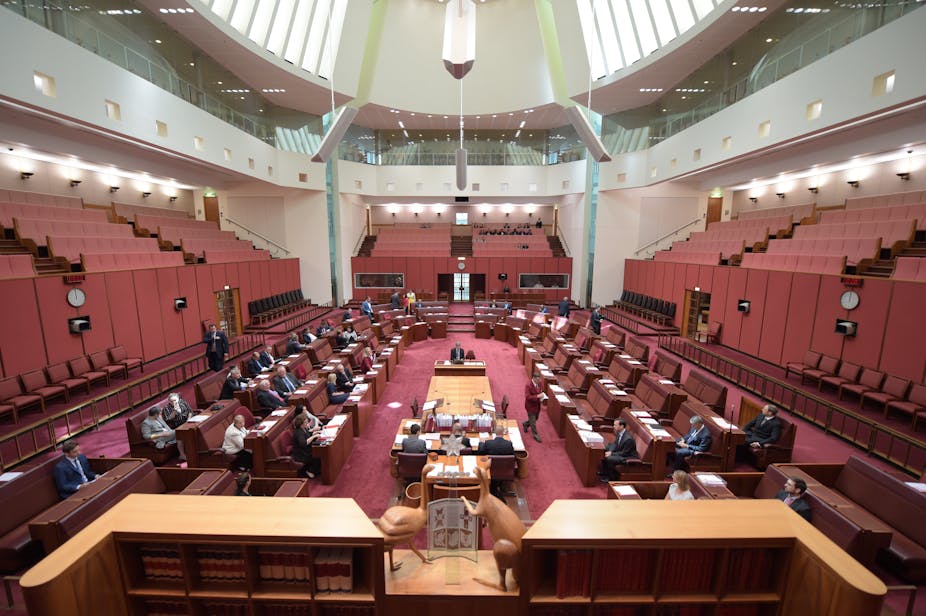A former official of the Australian Electoral Commission (AEC), Michael Maley, has attacked the government’s planned reform of Senate voting as internally inconsistent.
Maley says the scheme proposed will create an anomaly never previously seen at Senate elections – identical preferences for candidates may produce a formal vote if the elector expresses them “above the line”, but an informal one if they are expressed “below the line” because the ballot paper would be insufficiently completed.
Maley had a 30-year career at the AEC and was deeply involved in the 1983 drafting of the current provisions governing Senate elections. He was the recognised in-house expert on the Senate electoral system. He has lodged a submission for the brief inquiry into the government’s legislation, which is being done by the Joint Standing Committee on Electoral Matters.
The changes in the legislation provide that a voter should number their preferences for six sets of candidates above the line, although their vote will still be counted if they mark fewer than the full six – called a “savings” provision. Below the line, voters will still have to fill out the whole ballot paper, with the one change being that the number of errors allowed has been increased from three to five.
The changes are designed to reflect the voters’ wishes better than the present system, and stop the preference “gaming” that has resulted in candidates being elected with tiny votes. Their effect will be to make it difficult if not impossible for micro players to win seats.
Maley, who favours the reform provided it also applies below the line, notes that the joint standing committee recommended in 2014 partial optional preferential voting for below the line, with six candidates to be voted for in a half-Senate election and 12 in a double dissolution. This would have been consistent with the proposed above the line voting.
Maley says in his submission: “The scheme proposed in the bill is an incoherent one, with no clear underlying principles apparent.
"The current system at least makes sense, in that it prima facie requires full preferential voting both above the line and below, with allowance only for mistakes.
"The committee’s proposal of optional preferential voting both above and below the line also makes eminent sense.
"The bill’s proposal, for optional preferential voting above the line but full preferential voting below the line (again with some allowance for mistakes), makes no sense, and has not been supported by any stated justification.”
He strongly urges that the committee stand by its “original well-argued proposal for the introduction of partial optional preferential voting below the line”.
Maley also says the committee should seek from the AEC data, broken down by state and territory, on how many below the line Senate votes in 2013 would have been saved from informality under the amendment proposed in the bill – to allow two more errors – compared with the number that would have been saved under the partial optional voting scheme recommended by the committee, supplemented by appropriate savings provisions.

